Many years ago when my children were young (they are now 50 and 46), I began writing for the local newspaper in the small Ontario town where we lived. The freelancing started with writing letters to the editor of The Canadian Statesman in Bowmanville. I expect it’s one of those newspapers that is no longer in existence.
When a meeting was held for locals, particularly parents interested in a school to be built for a newer area of Bowmanville, I wrote an article about the meeting and sent it to the newspaper. They put it on the front page! It may have been a slow news day but whatever happened, I started writing freelance articles for the newspaper on local events such as concerts, fashion shows, and theatre performances.
With an interest in local history and antiques, I did publicity for the Bowmanville Museum and wrote a column on the subject of antiques. People thought I was an expert in antiques, no, that was research! I also wrote a column on the subject of local history, in Durham Region (an area just east of Toronto), for the Newcastle Reporter.
“Durham’s Yesterdays” was a column I wrote for the Toronto Star. The first column I wrote was about Joseph E. Atkinson, the publisher of the Toronto Daily Star in 1900 who was born in Newcastle, Ontario. I figured that was a good place to start.
As the years passed, I wrote travel articles, a column on health-related events for a Toronto magazine, a column for a queer magazine published in Kitchener, Ontario. In Guelph, I wrote advertorials for The Tribune and when Sarah and I moved to Nanaimo, B.C. in 2005, I wrote advertorials for the Nanaimo Daily News. It was a way to get to know our new community by interviewing various businesses to help them promote their work.
There were personal essays along the way, written for literary journals, and it was great to have a magazine called More Living, published in Nanaimo, to which I contributed many articles including one about the late Dr. Ellen Rice White, Kwulasulwut, a Snuneymuxw First Nation elder.
From the beginning, reviewing books was a keen interest and I continue to do that now. I began reflecting on the freelance writing I’ve done in the past as I read Writing That Gets Noticed by Estelle Erasmus (New World Library, 2023). While newspapers are publishing fewer pages these days or are no longer in existence, there are still many opportunities to write for publications including many online possibilities.
The book’s author, Estelle Erasmus, is an award-winning journalist, writing coach, and in-demand speaker who has written for over 150 publications. The sub-title of Writing That Gets Noticed is Find Your Voice, Become a Better Storyteller, Get Published. The book is full of good advice from an expert as well as quotes from Estelle’s articles and those of her students. She’s an adjunct instructor at New York University.
Estelle’s first chapter is “Creative Alchemy: Mining Your Life for Ideas.” And there are so many of them as each of us has unique experiences. Those unique experiences may also touch others’ lives so editors will be happy to have a fresh view.
Under the heading of “Thirteen Ways to Find Your Best Ideas” are “rote” activities that allow the mind to wander (folding laundry or vacuuming) or going for a bike ride or working out on a treadmill to generate creativity. Going to a local coffee shop or library can help too as “research shows that being around people working on their own creative projects encourages you to copy them – infusing you with a shared work ethic, concentration, and productivity.”
From getting into a flow state, Estelle moves on to “Incubating Ideas.” They really are all around you when you think of what you talk about with friends, what issues you’re dealing with, what books and articles have your attention.
I’m writing poetry these days as well as essays. Essays can be about your personal experience and require research about the particular topic so as to add a broader view. Estelle suggests you make a list that focuses on you. Then, check the news, on TV, online and in newspapers, for stories that tie with your particular interests or experiences.
The above list and research could be two parts of a template Estelle suggests – like a four-slice pie chart. The next slice is to sign up for online alerts to add pertinent information into the third section of your chart. The fourth section is a list of ideas with catchy titles.
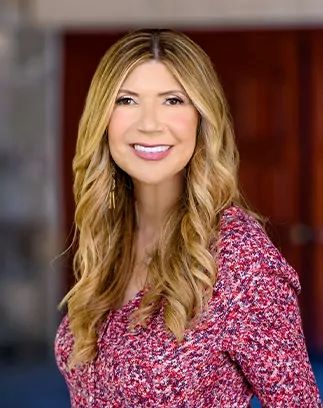
Author Photo by Rodrigo Diban
Estelle says she has mined her experiences “of having a child in midlife, getting married later to someone not of my culture, and working with millennials.”
I appreciate that Estelle says you can “journal your way to your story.” And there are benefits to writing in longhand. “A study published in Frontiers in Psychology found that the regions of the brain associated with learning and creativity were more active when subjects completed a writing task by hand instead of on a keyboard.”
The book’s chapter on “Finding and Honing Your Voice” suggests that you “write like no one is looking.” Estelle has other suggestions but I like this one as it really takes practice to hone your voice. If you write about a dream you had or your response to something you heard on the news perhaps, you’ll begin to realize your voice.
Part Two of the book, “All About Essays”, describes the various formats of essays and there are several! Estelle describes hermit crab essays and braided essays which as she notes are covered in more depth in Tell It Slant by Brenda Miller and Suzanne Paola and in A Braided Heart by Brenda Miller. I love the possibilities of the hermit crab essay as you can take a “borrowed shell,” with a “more rigid structure” such as a list, quiz, rejection letter, recipe book, or report card and use the form to describe personal information and situations. It can be a way to deal with challenging material or memories.
Writing That Gets Noticed also covers “Writing Op-Eds and Timely Cultural Pieces.”
Part Three is “Pitch Clinic” which is all about pitching your great ideas to editors. Estelle advises: “Never identify yourself as a new writer. While most editors want to present different, emerging voices, few want to risk assigning an article to someone who is unproven. It’s best to simply say you are a freelance writer and showcase your writing with the first paragraph of your pitch, written as if it were the opening paragraph of your article or essay. “
Be sure to be familiar with the publication you’re pitching to, explain who you will interview, and “explain why you are the perfect person to write the story.” Estelle adds a “Pitch Checklist” to the end of the chapter on “Analyzing Pitches.”
In Part 5, “Protecting Your Psyche,” Estelle describes the various types of rejection. Sometimes rejection letters offer some tips for future submissions which is great. It’s the non-response that’s hard to take. Did they actually receive your proposal?!
Estelle gives an example of submitting a pitch to Quartz and as she didn’t hear back she sent her proposal to the Washington Post. When she did receive a response from Quartz three months later, she told the editor who had said her pitch “wasn’t a fit,” that her piece had been published and in fact became a cover story.
Estelle did make another pitch for an article that did run in Quartz and formed an ongoing relationship with that editor. Some steps for a visualization to release the stress of rejection are included as well as “rejection reasons” you can address.
In Part Seven, “Find Your Inspiration,” Estelle recommends creative visualization ever since she saw Shakti Gawain’s book Creative Visualization in the window of a New Age bookstore at a time when Estelle was working in one of her first jobs at an advertising agency.
How fitting then that New World Library has published Writing That Gets Noticed as it was Shakti Gawain along with Marc Allen who started the book publishing company.
As Estelle says on her website: “This book has been the culmination of notes I started taking when I began teaching at NYU and for Writer’s Digest, and a product of my years as a magazine editor and prolific journalist and essayist, and writing teacher. It also includes my philosophy of life and living, plus my stories from my life as a magazine editor, and the work from many of my students, and that makes it extra meaningful to me.”
Writing to Get Noticed is packed with everything you need to know to become a freelance writer. Along with the book as your trusty guide, as Estelle suggests: “Take a class. Attend a conference. Explore groups on social media.”
A quote Estelle has included is by A.D. Posey: “Your life is a story. Write the one you want to read.”
Keep writing and researching what intrigues you. I remember my first paid-for article was about the Brougham Basket Company near Pickering, Ontario. It was a thrill to meet someone engaging in the old-time craft of apple basket-making and also very exciting to see my first published article in Early Canadian Life.

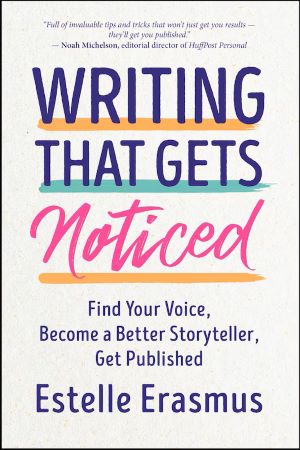





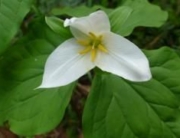
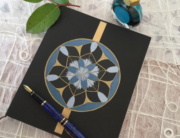
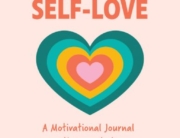
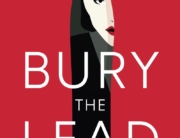
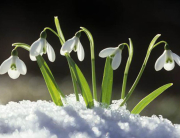
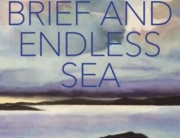
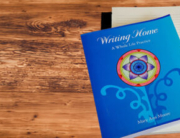

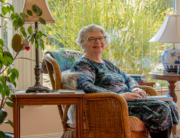
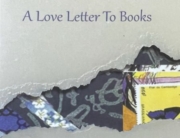

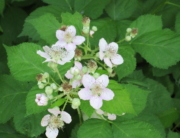
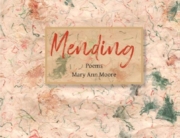
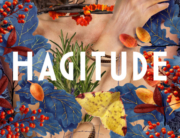
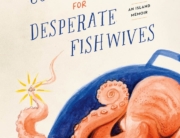
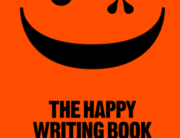

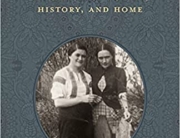
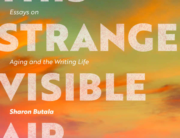
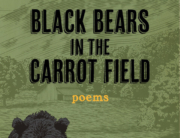
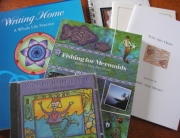
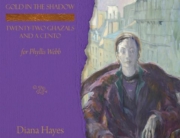
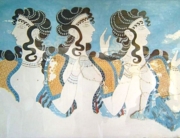
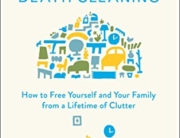
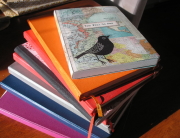
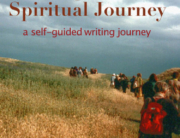
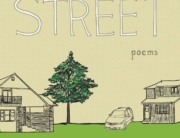
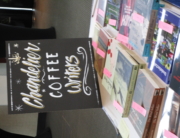
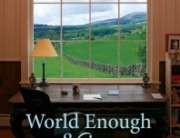
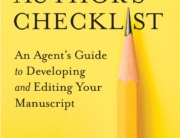
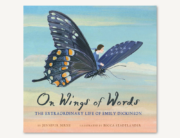
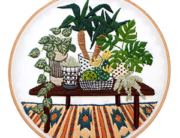
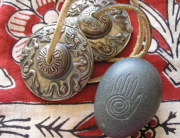
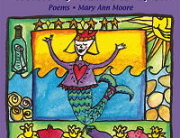
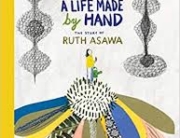
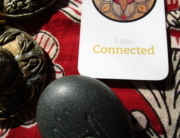
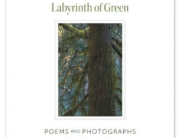
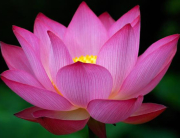
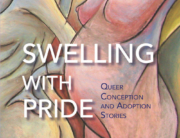
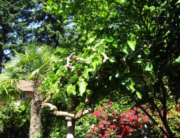
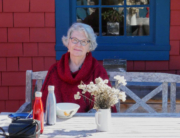
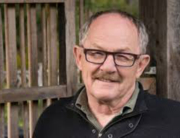
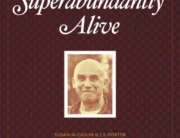
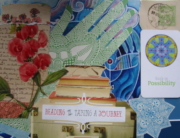
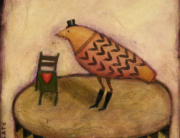
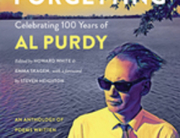
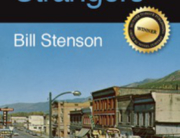
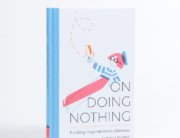
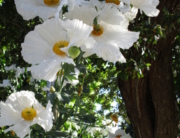
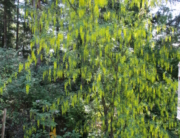
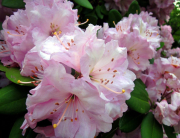
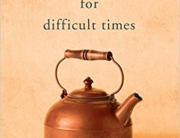
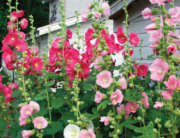
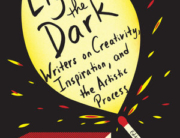
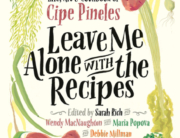
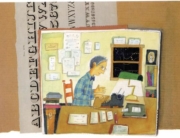
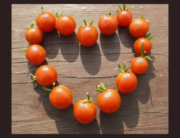
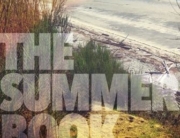
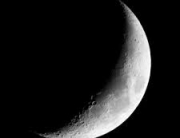

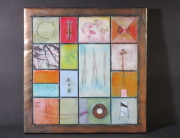
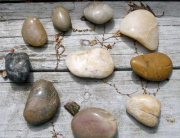
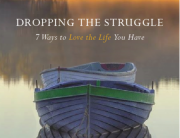
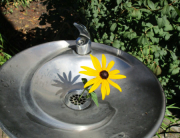
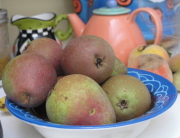
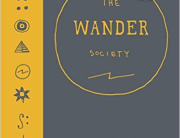
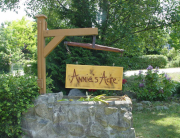
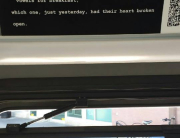

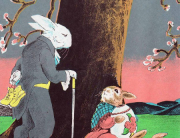
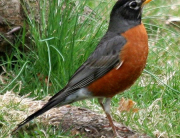
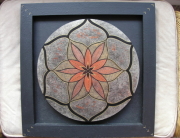
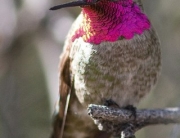
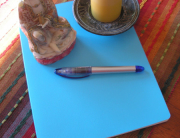
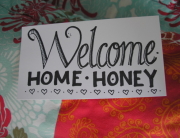
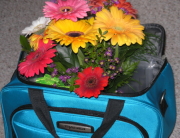
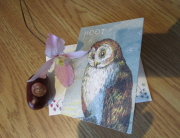
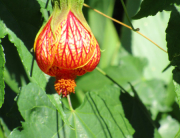
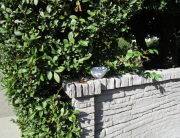
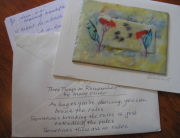
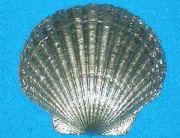
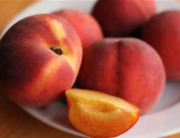
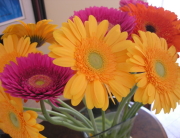

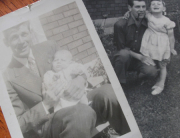
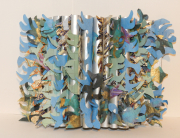


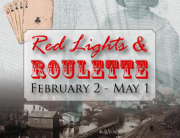
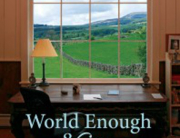
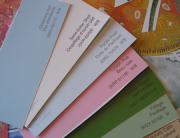
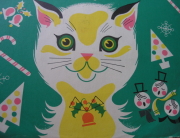
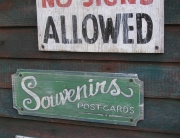
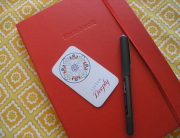
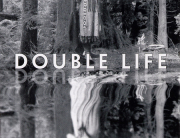

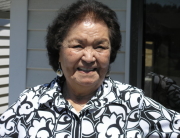
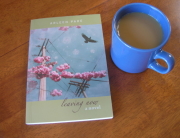
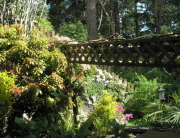
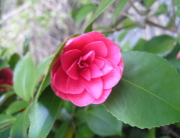

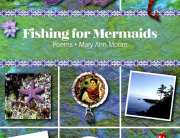
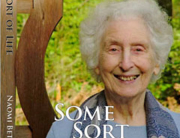
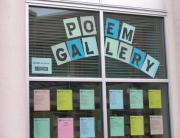
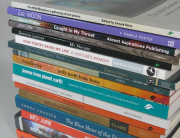

Love this post, Mary Ann. So many great ideas and stories read.